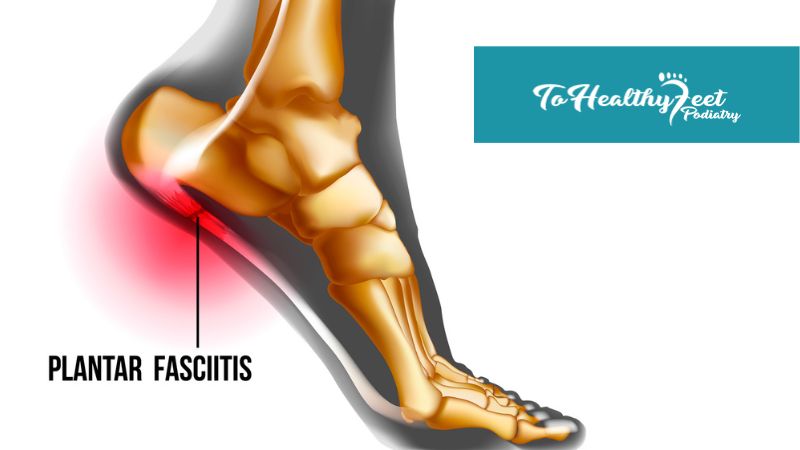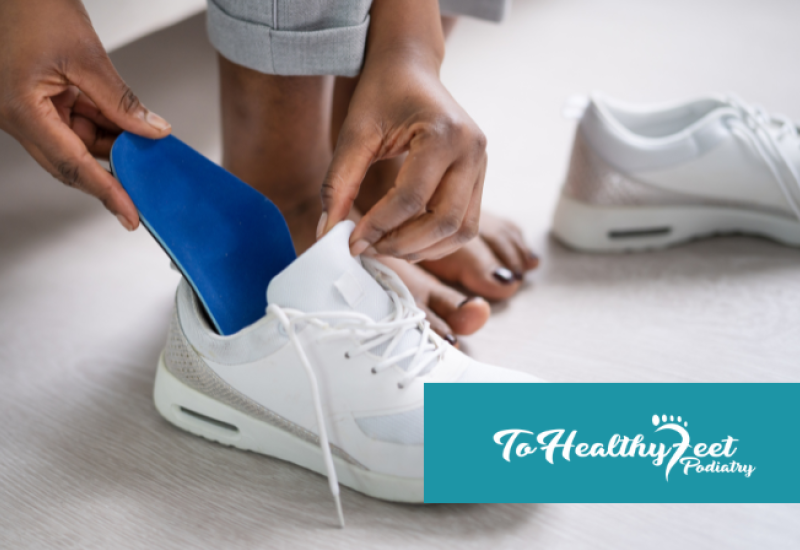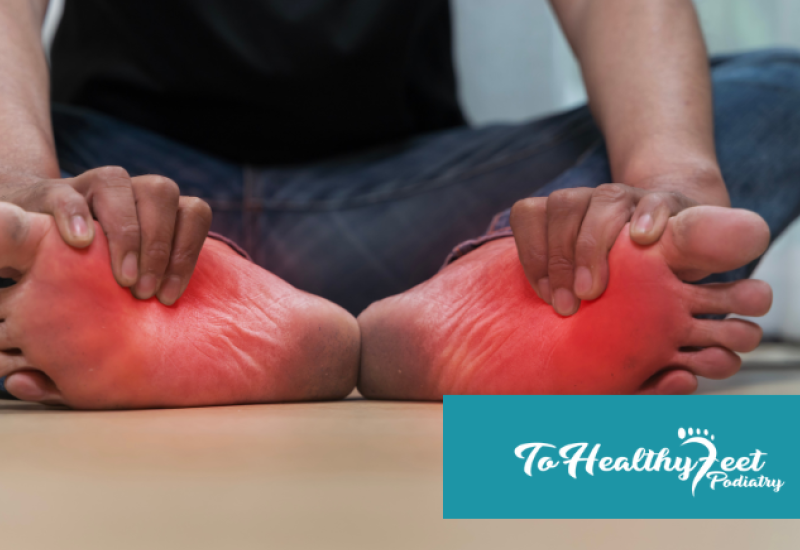Experiencing the first sharp twinge of plantar fasciitis is something many of us can empathize with. Those early morning steps can sometimes feel like treading on needles. For those unfamiliar with the term, plantar fasciitis may sound like some rare tropical ailment, but in reality, it's a common foot condition suffered by many, often causing discomfort or even debilitating pain.
Understanding Plantar Fasciitis
Before diving into the stretches and exercises, it's essential to understand the root of the discomfort. Our foot is supported by a thick web of tissue known as the plantar fascia, which runs from the heel to the toes. Plantar fasciitis flares up when this tissue becomes inflamed, leading to pain, especially in the heel region. While this condition can be triggered by factors such as prolonged standing, wearing unsupportive footwear, or high-impact activities, the good news is that with proper care, the discomfort can be managed effectively.
The Critical Role of Stretching
- Toe and Calf Stretch: A potent way to start the journey towards relief. As you sit comfortably, extend your leg, pulling back your toes gently. This simple act stretches not just the arch of your foot but extends up through the calf, tackling two significant pain points. The tightness in the calf muscles is often an overlooked contributor to plantar fasciitis, making this stretch a valuable addition to your daily routine.
- Rolling Stretch: A personal favorite of many, this involves using a round object like a foot roller or even a frozen water bottle. Rolling the arch of your foot over these objects can provide a soothing massage effect, helping in easing out the tightness in the plantar fascia.
Targeted Exercises for Strength
- Arch Raise and Flex: Strengthening exercises are as crucial as stretches. Start by standing flat-footed. Concentrate on raising your arch while ensuring the toes and heel remain grounded. It might seem minimal, but this movement strengthens the foot's intricate muscles, offering better support.
- Towel Curl: Add a touch of fun to your exercises. Spread out a towel and use your toes to grip and pull it towards you. This quirky activity is excellent for enhancing the strength and flexibility of the muscles and the plantar fascia.
Consistency is Key
However, as we embrace these exercises, it's crucial to remain patient and consistent. While the stretches provide immediate relief, building strength takes time. And it's this combination of flexibility and strength that offers a long-term solution to plantar fasciitis.
Consulting Professionals
While these exercises are beneficial for many, they aren't a one-size-fits-all solution. Bodies are unique, and so are their responses to pain. If the discomfort persists or intensifies, it's vital to consult with a healthcare professional or physiotherapist. They can offer personalized guidance, ensuring you get the most effective treatment tailored to your needs.
Navigating through the challenges of plantar fasciitis can be daunting. But with a deeper understanding of the condition, a commitment to consistent exercises, and a dash of patience, relief isn't just possible; it's within arm's reach. Let's cherish our feet. After all, they not only bear our weight but also carry the immense responsibility of transporting us through life's myriad journeys. With the right care, we can ensure they do so with strength, flexibility, and most importantly, without pain.
Written on behalf of To Healthy Feet Podiatry.
FAQs
Q: How long does it typically take for plantar fasciitis to heal?
A: With proper care, many people find relief within a few months, but the duration can vary based on individual factors.
Q: Are there medical treatments for plantar fasciitis?
A: Yes, treatments can include anti-inflammatory medications, physical therapy, orthotics, and in severe cases, surgery.
Q: Is it advisable to continue high-impact sports with plantar fasciitis?
A: It's best to give the foot time to heal. Consider low-impact activities and consult a doctor or physiotherapist for guidance.




